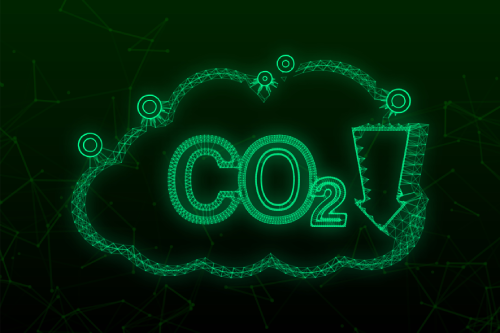Hazardous waste treatment is one of the most important parts of hazardous waste management. With time along with rising consumer industries there has been a sharp rise in toxicity of hazardous wastes as well.
Hazardous waste damage the environment in more ways we can imagine. The rising toxicity can lead to long term environmental damage that our coming generation will have to face. Think it’s an overstatement? Here are some interesting facts for you –
(Source: The World Counts)
- 13 tons of waste are generated every second, and in a day it sums up to 400 million tons.
- In the last generation, man made chemical production has surged from 1 million to 400 million tons which is about 40,000% increment.
- According to a recent study, 99% of people tested had DDT and PCBs (two dangerous chemicals) in their body.
Worried !? well we are not here to raise your blood pressure, and this article is not about waste statistics, so we will stop here on why and how hazardous waste is dangerous.
Instead, let’s talk about how technological advancements have resulted in new and better ways for industries to manage their hazardous waste.
If you run an enterprise where hazardous waste in unavoidable, here are 5 innovative waste treatment methodologies your organization can incorporate:
#1. Hazardous waste treatment using Supercritical Water Oxidation (SCWO)
SCWO is a powerful technology that can be used to treat waste waters. It is a process that occurs in water when temperature and pressure in waste mixture is above a thermodynamic critical point.
When these conditions are reached the mixture attains unique properties that can be used for destruction of hazardous wastes such as Polychlorinated Biphenyls (PCB). SCWO can aid in destruction of hazardous pollutants such as PFS’s and pesticides.
#2. Hazardous waste treatment using Microwave Technology
Though your kitchen microwave won’t do the job here! Microwave irradiation is a powerful and emerging tool for bio-hazardous waste management. Here microwaves are directly delivered to microwave absorbing materials in microwave safe containers.
This results in complete heating of waste samples from outside and inside resulting in dry, stable and sterilized output. Issues such as long heating periods, thermal gradients and energy loss to the environment are thus reduced. It is so effective in waste and volume reduction with zero effluents that it is recommended disposal mechanism by WHO. For detailed knowledge on this I encourage you to check our blog on use of microwave technology.
#3. Hazardous waste treatment using Zero Liquid Discharge (ZLD)
In Zero Liquid Discharge (ZLD) benign, hazardous or toxic materials are removed from water. The resulting solid residue is often more stable, making it suitable for recycling or landfill.
Connect with the top hazardous waste consultants here!
ZLD consists of various processes which include membrane bio-reaction, reverse osmosis, electrolysis, filtration etc. A properly developed ZLD system has 98% good water recovery and eliminates pollution discharge concerns.
#4. Hazardous waste treatment using Geo-polymerization
If you like chemistry, you’ll love this. In Geo-polymerization aluminosilicate raw material is transformed into covalently bonded 3D network of Si and Al bonds. Thus turning waste into useful material.
Construction industry has greatly benefited from this with roads being built using Geo-polymer concrete. Geo-polymers (useful material obtained after Geo-polymerization of aluminium silicate waste) can be produced from industrial byproducts such as fly ash, granulated blast, furnace slag etc.
#5. Hazardous waste treatment using Phytoremediation
In phytoremediation plants and associated microorganisms are used to improve functionality and recover contaminated soil. Four main phytoremediation strategies are phytoextraction, phytostabilization, rhizodegradation, phytovolatilization.
Conclusion
As long as there’s waste, our society will keep coming up with new and better ways to treat it and keep our planet a safe place. we encourage you to dig deeper into these innovative techniques and see if they can help you manage your industrial waste better.
Our waste management consultants are here to help you for all your waste anagement needs!
I will discuss the five methodologies in further detail in my next blog, stay tuned!



